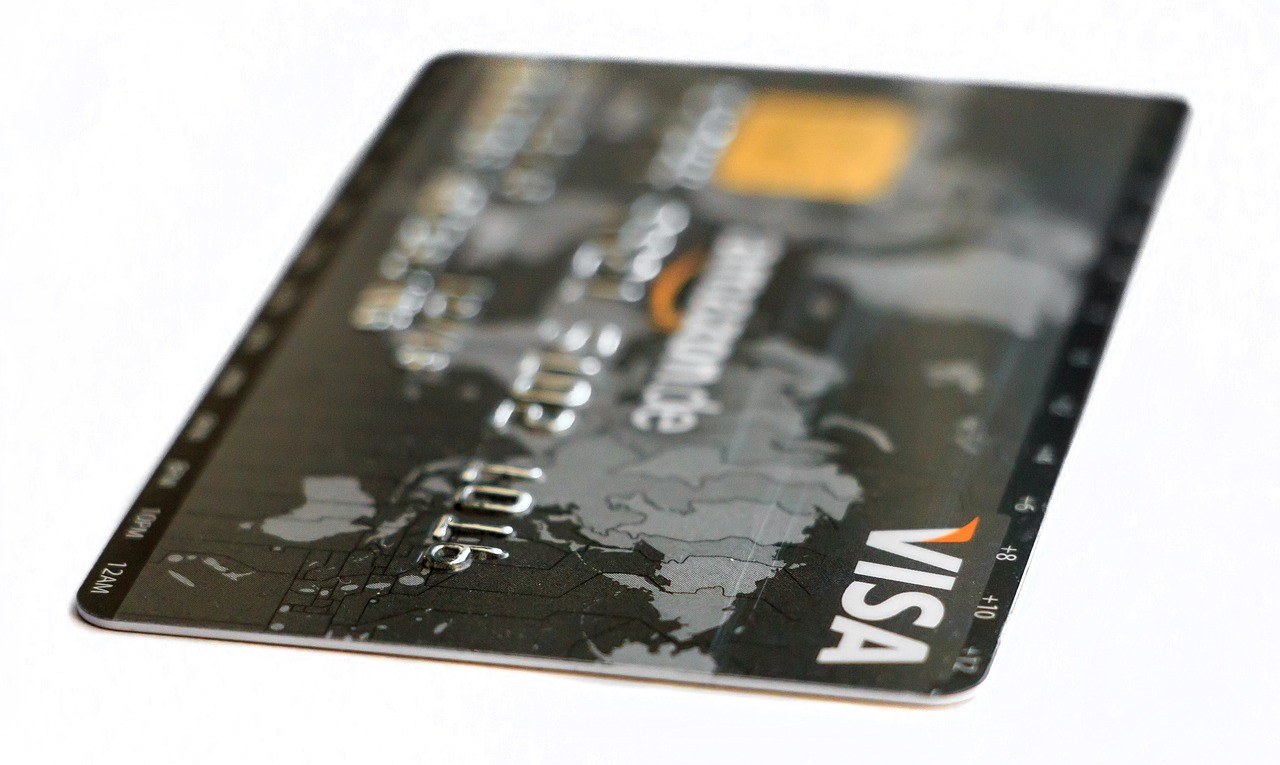Credit cards can be powerful financial tools, offering convenience, rewards, and building credit history. However, they can also lead to debt and financial stress if not managed responsibly. This comprehensive guide provides essential credit card tips to help you make the most of your credit cards while avoiding common pitfalls. Whether you’re new to credit or looking to improve your credit card management skills, these strategies will set you on the path to financial success.
Choosing the Right Credit Card
Selecting the right credit card is crucial for optimizing its benefits and avoiding unnecessary fees. Consider your spending habits, credit score, and financial goals when making your decision.
Assessing Your Spending Habits
- Track Your Expenses: Understand where your money goes each month. This will help you identify spending categories where you can maximize rewards, such as groceries, gas, or travel.
- Identify Spending Patterns: Determine if you spend more on specific categories, like dining out or online shopping. Choose a card that offers bonus rewards on those categories.
- Example: If you frequently dine at restaurants, a card that offers 3% cash back on dining purchases would be a great choice.
Understanding Different Types of Credit Cards
- Cash Back Cards: Earn a percentage back on every purchase. Some cards offer flat rates, while others have tiered rewards based on spending categories.
- Rewards Cards: Earn points or miles that can be redeemed for travel, merchandise, or gift cards. These cards often come with additional perks, such as travel insurance or airport lounge access.
- Balance Transfer Cards: Offer a low or 0% introductory APR on balance transfers, allowing you to consolidate high-interest debt from other credit cards.
- Low-Interest Cards: Feature a lower-than-average APR, making them ideal for carrying a balance (though ideally you shouldn’t!).
- Secured Credit Cards: Require a security deposit and are designed for individuals with limited or no credit history. They help you build credit responsibly.
Checking Your Credit Score
- Know Your Credit Score: Before applying for a credit card, check your credit score. A higher score increases your chances of approval and qualifies you for better interest rates and rewards.
- Free Credit Reports: Obtain your free credit reports from AnnualCreditReport.com to review your credit history and identify any errors.
- Credit Score Ranges: Understand the credit score ranges (e.g., Excellent: 750+, Good: 690-749, Fair: 630-689) and aim for a score that allows you to qualify for the best credit card offers.
Mastering Credit Card Spending
Responsible spending is essential for avoiding debt and maximizing the benefits of your credit cards. Establish healthy spending habits and avoid overspending.
Creating a Budget
- Track Income and Expenses: Develop a budget that outlines your income and expenses. Allocate funds for essential needs, savings, and discretionary spending.
- Set Spending Limits: Determine how much you can realistically spend on your credit card each month without exceeding your budget.
- Use Budgeting Apps: Utilize budgeting apps or spreadsheets to track your spending and stay within your limits. Popular apps include Mint, YNAB (You Need a Budget), and Personal Capital.
Avoiding Overspending
- Resist Impulse Purchases: Avoid making spontaneous purchases that you haven’t budgeted for. Wait 24-48 hours before buying non-essential items to determine if you truly need them.
- Use Credit Cards Strategically: Use your credit cards for budgeted expenses and avoid using them for unnecessary purchases.
- Monitor Your Spending: Regularly check your credit card statements and transaction history to monitor your spending and identify any potential overspending.
- Example: If you planned to spend $100 on groceries but end up spending $150, review your grocery list and adjust your future spending accordingly.
Understanding Credit Utilization
- Credit Utilization Ratio: Credit utilization is the amount of credit you’re using compared to your total available credit. It’s a significant factor in your credit score.
- Target Ratio: Aim to keep your credit utilization below 30%. Ideally, it’s best to keep it below 10% for optimal credit scoring.
- Example: If you have a credit card with a $10,000 limit, try to keep your balance below $3,000 (30% utilization) or even better, below $1,000 (10% utilization).
- Benefits: Lower credit utilization demonstrates responsible credit management and improves your credit score.
Paying Your Bills On Time
Timely payments are crucial for maintaining a good credit score and avoiding late fees and high interest charges.
Setting Up Payment Reminders
- Automated Alerts: Set up payment reminders through your credit card issuer’s website or mobile app.
- Calendar Reminders: Use your phone’s calendar or a digital calendar to create reminders for your payment due dates.
- Email Notifications: Subscribe to email notifications from your credit card issuer to receive alerts about upcoming payments.
Enrolling in Autopay
- Automatic Payments: Enroll in autopay to automatically pay your credit card bill each month from your checking account.
- Choose Payment Options: You can choose to pay the minimum amount due, the full statement balance, or a custom amount. Paying the full statement balance is highly recommended.
- Peace of Mind: Autopay ensures that you never miss a payment, which helps maintain a good credit score and avoid late fees.
- Important Note: Monitor your bank account balance to ensure sufficient funds are available for the autopay.
Understanding Minimum Payments vs. Full Balance
- Minimum Payment: The minimum payment is the lowest amount you can pay to keep your account in good standing. However, paying only the minimum can lead to significant interest charges and prolonged debt.
- Full Statement Balance: Paying the full statement balance each month avoids interest charges and helps you maintain a low credit utilization ratio.
- Example: If you have a $1,000 balance with a 20% APR and only pay the minimum, it could take years to pay off the debt and cost you hundreds of dollars in interest. Paying the full balance eliminates these charges.
Maximizing Credit Card Rewards
Take advantage of credit card rewards programs to earn cash back, travel miles, or other valuable perks.
Understanding Rewards Structures
- Flat-Rate Rewards: Earn a fixed percentage or number of points on all purchases. These are simple and easy to understand.
- Tiered Rewards: Earn different reward rates based on spending categories, such as groceries, gas, or travel. Requires more strategic spending.
- Rotating Category Rewards: Earn bonus rewards on specific categories that change quarterly. Requires tracking and activation.
- Example: A card that offers 1.5% cash back on all purchases is a flat-rate rewards card, while a card that offers 5% cash back on groceries and 1% on everything else is a tiered rewards card.
Redeeming Rewards Strategically
- Redemption Options: Understand your redemption options, such as cash back, statement credits, travel, merchandise, or gift cards.
- Value Maximization: Choose redemption options that offer the best value. For example, travel rewards often provide higher value than cash back or merchandise.
- Redemption Thresholds: Be aware of any minimum redemption thresholds. Some cards require you to accumulate a certain amount of rewards before you can redeem them.
- Example: Redeeming travel miles for flights or hotels can often provide more value than redeeming them for cash back.
- Cash Back Example: Some cards offer cash back as a statement credit, while others deposit it directly into your bank account. Choose the option that works best for you.
Taking Advantage of Sign-Up Bonuses
- Initial Bonuses: Many credit cards offer generous sign-up bonuses to new cardholders who meet certain spending requirements within a specified time frame.
- Meet Spending Requirements: Make sure you can realistically meet the spending requirements to qualify for the bonus.
- Bonus Value: Sign-up bonuses can be a significant source of rewards. Choose cards with bonuses that align with your spending habits and financial goals.
- Example: A card offering 50,000 bonus points after spending $3,000 in the first three months can be a lucrative opportunity if you can meet the spending requirement without overspending.
Protecting Your Credit Card Information
Protecting your credit card information is essential to prevent fraud and identity theft.
Being Cautious Online
- Secure Websites: Only enter your credit card information on secure websites that use HTTPS (Hypertext Transfer Protocol Secure). Look for the padlock icon in the address bar.
- Avoid Suspicious Links: Be cautious of clicking on suspicious links in emails or text messages that request your credit card information.
- Use Strong Passwords: Use strong, unique passwords for your online credit card accounts. Avoid using easily guessable passwords or reusing passwords across multiple accounts.
- Monitor Your Accounts: Regularly monitor your credit card statements and transaction history for any unauthorized charges.
Avoiding Phishing Scams
- Beware of Impersonation: Be wary of emails, phone calls, or text messages that impersonate your credit card issuer or other financial institutions.
- Verify Authenticity: If you receive a suspicious communication, contact your credit card issuer directly using the phone number on the back of your card or their official website.
- Never Share Sensitive Information: Never share your credit card number, PIN, or other sensitive information over email or phone unless you initiated the contact.
Reporting Fraud Immediately
- Prompt Reporting: If you suspect fraudulent activity on your credit card account, report it to your credit card issuer immediately.
- Liability Protection: Most credit card issuers offer zero liability protection, meaning you won’t be responsible for unauthorized charges.
- Document Everything: Keep records of all communication with your credit card issuer regarding the fraudulent activity.
Conclusion
Mastering credit card management involves understanding the different types of cards, spending responsibly, paying bills on time, maximizing rewards, and protecting your information. By following these credit card tips, you can use credit cards effectively to build credit, earn rewards, and achieve your financial goals while avoiding debt and financial stress. Remember to continuously monitor your spending, credit score, and credit card statements to stay on top of your financial health.




